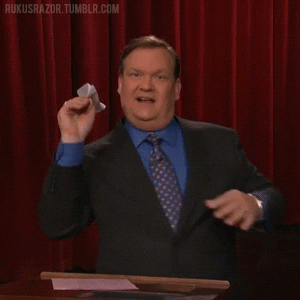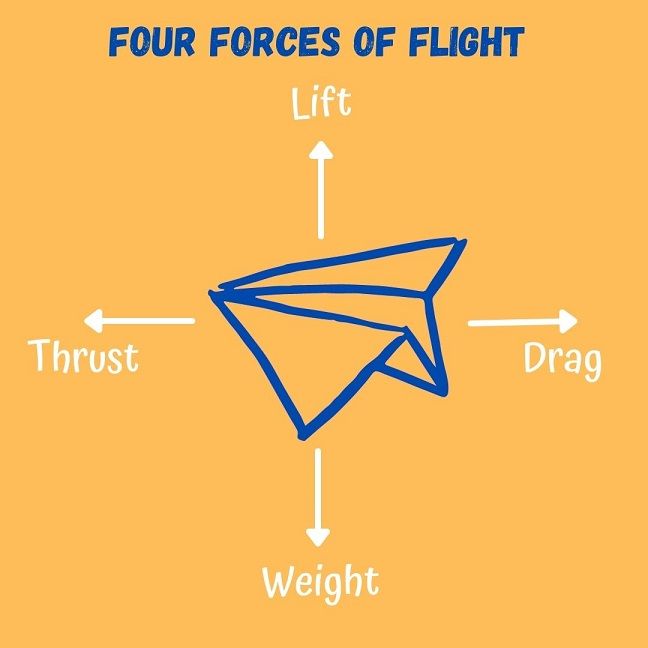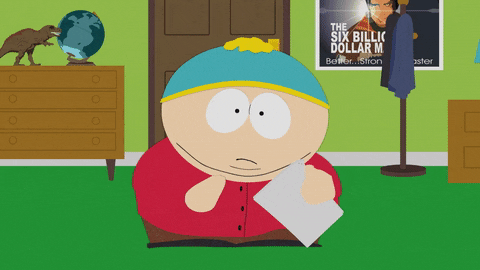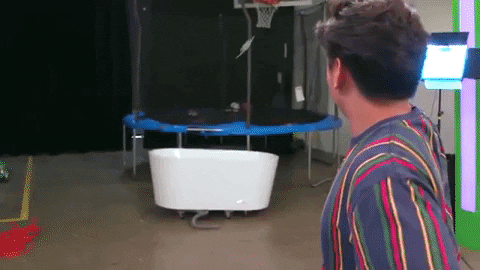You just made what looks like the perfect paper airplane!
You try to fly it, but it just nose dives to the ground.

What went wrong?
If you want to know why your airplane didn't fly very far, you can carry out an experiment using the scientific method.
It's a logical way to understand and solve a problem!
Step 1: Make An Observation

When a plane is flying, there are four forces acting on it, affecting how well it travels through the air:
lift — high air pressure below the wings pushes the plane upward
weight — gravity pushes down on the plane
thrust —when you throw the plane, it pushes forward through the air
drag — the plane creates friction as it pushes through the air and slows down
It's clear that one (or more) of these forces is keeping your plane from flying well.
Step 2: Ask A Question
Why didn't the paper plane fly very far?
Maybe the wing design/shape isn't providing enough lift to overcome the plane’s weight.
OR
The force you're throwing the plane with isn't providing enough thrust to overcome drag and move the plane forward.
Step 3: Form A Hypothesis
A hypothesis is a possible explanation for your problem.
It's an idea in the form of a statement that can be supported by evidence from your experiment.
It should also be falsifiable , which means the evidence might not support it.
Here's an example:
The plane is flying poorly because its wing shape makes it experience too much drag and not enough lift.
Step 4: Make A Prediction
A prediction is a result you'd expect to see if the hypothesis were correct.
Write your prediction in the form of “if...then” statements, as in:
If my hypothesis is true, and I test it, then this is what I'll observe.
 Here's an example:
Here's an example:
If I slightly change the shape of the wings by folding the paper differently, then my plane should fly farther.

Consider the scenarios below:
A: Surya read about growing plants in water. He wanted to know how plants could grow without soil.
B: Robin grew mold on 4 slices of bread from different brands to compare which one grew mold the fastest.
C: Lekha said, "If I fertilize my plant, then it will bloom."
D: Joyce concluded that both salt and sugar can be used to melt ice.
Quiz
Which scenario out of the four describes a prediction?
Step 5: Perform The Experiment
Design and conduct the experiment!
Fold the paper wings a bit differently to change the shape and see if it helps the plane fly better.
✔️ Identify the experiment variables.
In a controlled observation, there are 3 variables to think about:
dependent variable — what you're going to measure (the distance covered by the paper plane)
independent variable — what you're going to change (the shape of the wings which will affect the lift & drag)
controlled variable — what you're going to keep the same (the weight of paper plane, the thrust provided for flight)
✔️ Make a list of the materials required.
Paper airplane
Tape measure
Masking tape
Pencil and notebook for observations
✔️ Write down the steps of the experiment.
Anyone else who wants to do the same experiment will be able to reproduce it easily.
Mark a starting point with masking tape.
Throw the plane from the starting point.
Mark where the plane lands with masking tape.
Measure the distance between the starting and landing point markers.
Repeat the process with 4 more throws.
Step 6: Record Observations & Analyze
Step 6: Record Observations & Analyze
Follow the written steps exactly.
Collect results and record the data in a notebook or app.
Note down any problems you encountered while carrying out the experiment.
Analyze the data and draw conclusions.
Does the evidence support your hypothesis?
Well done! But make sure to conduct a follow-up experiment to see if you get similar evidence.
That's ok! You can think of a new hypothesis and test it out with a new experiment.
Quiz
You threw the plane five times after changing the wing shape. The plane flew about five feet farther on average per throw with the new wing design. What does this tell you about your experiment?
Step 7: Report Results & Conclusions
It's time to share and explain your findings!

Write a statement that explains your conclusion:
Changing the shape of the plane's wings made it fly much farther.
And make sure to show your work! People will want to know what your hypothesis was, how you conducted the experiment, and what kind of data you collected for evidence.
Take Action

What will you explore next?

Your feedback matters to us.
This Byte helped me better understand the topic.

